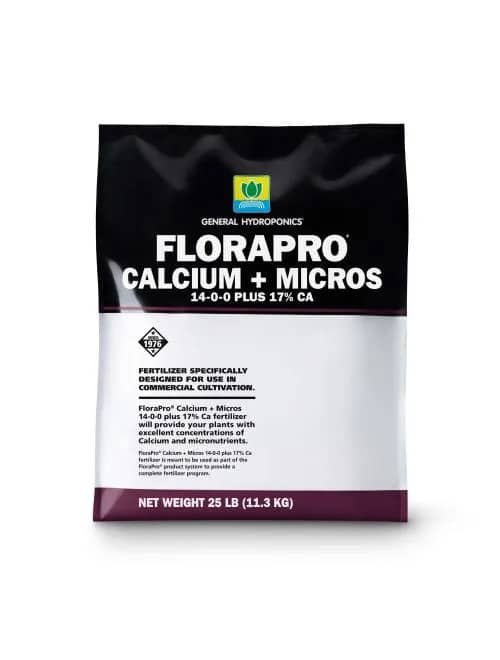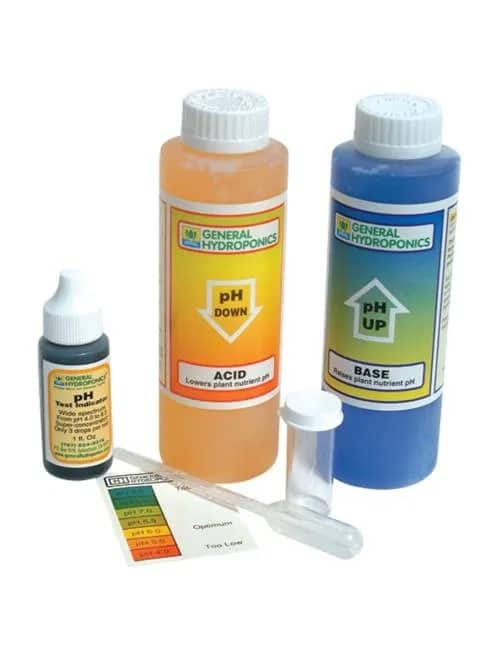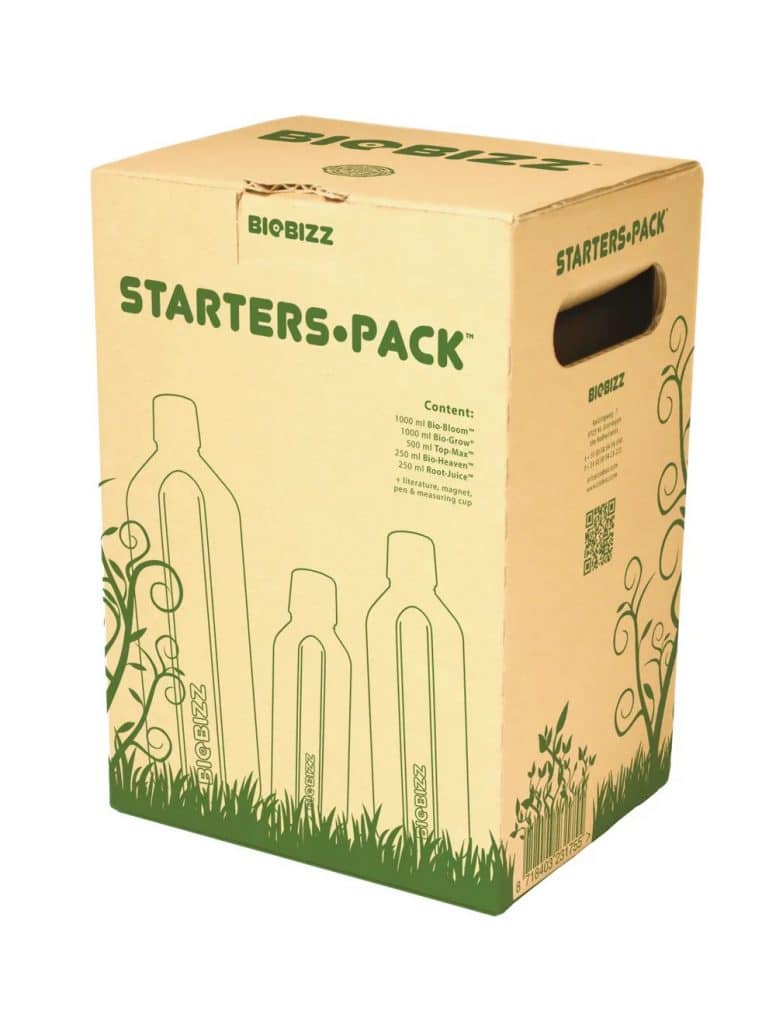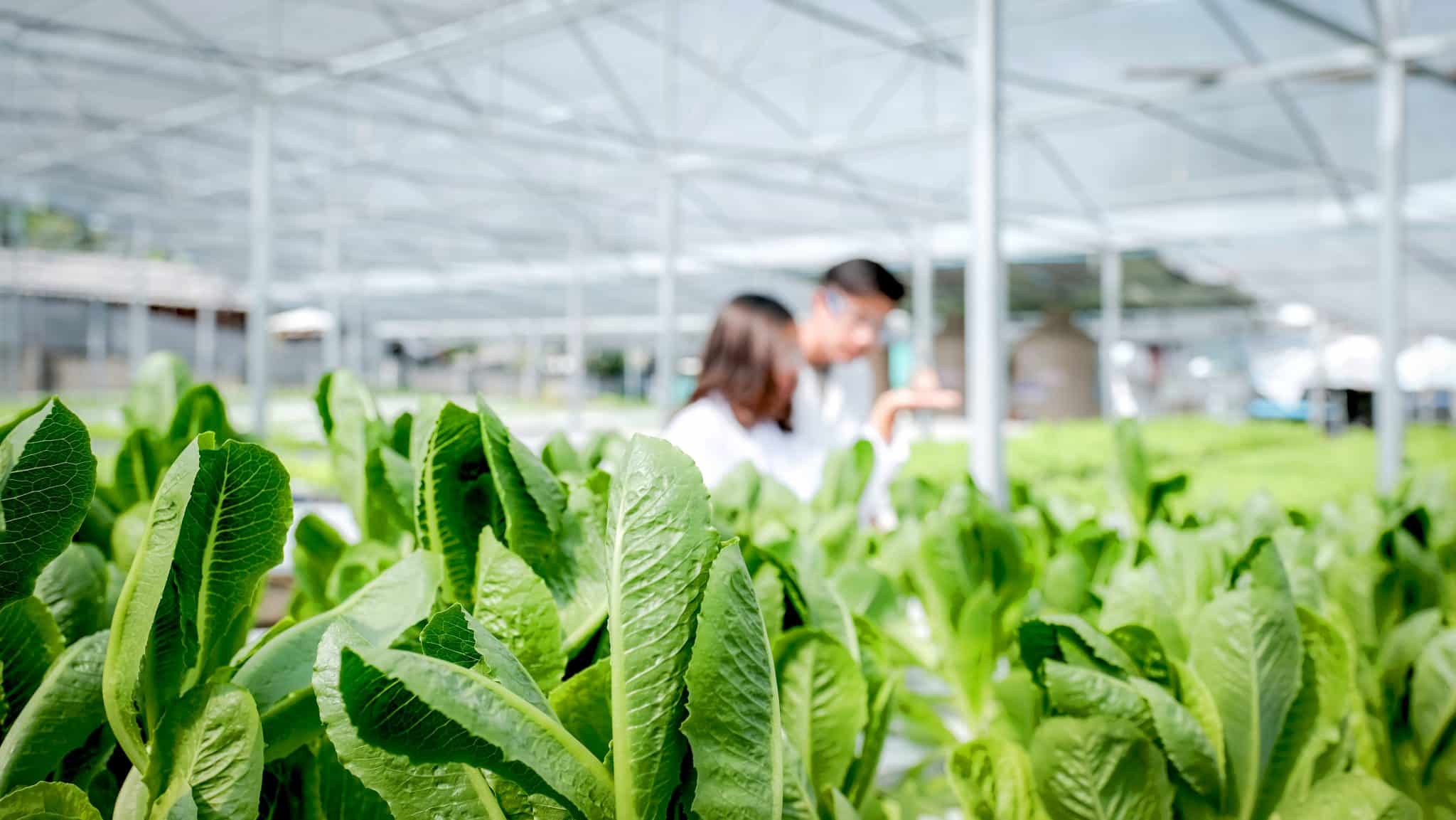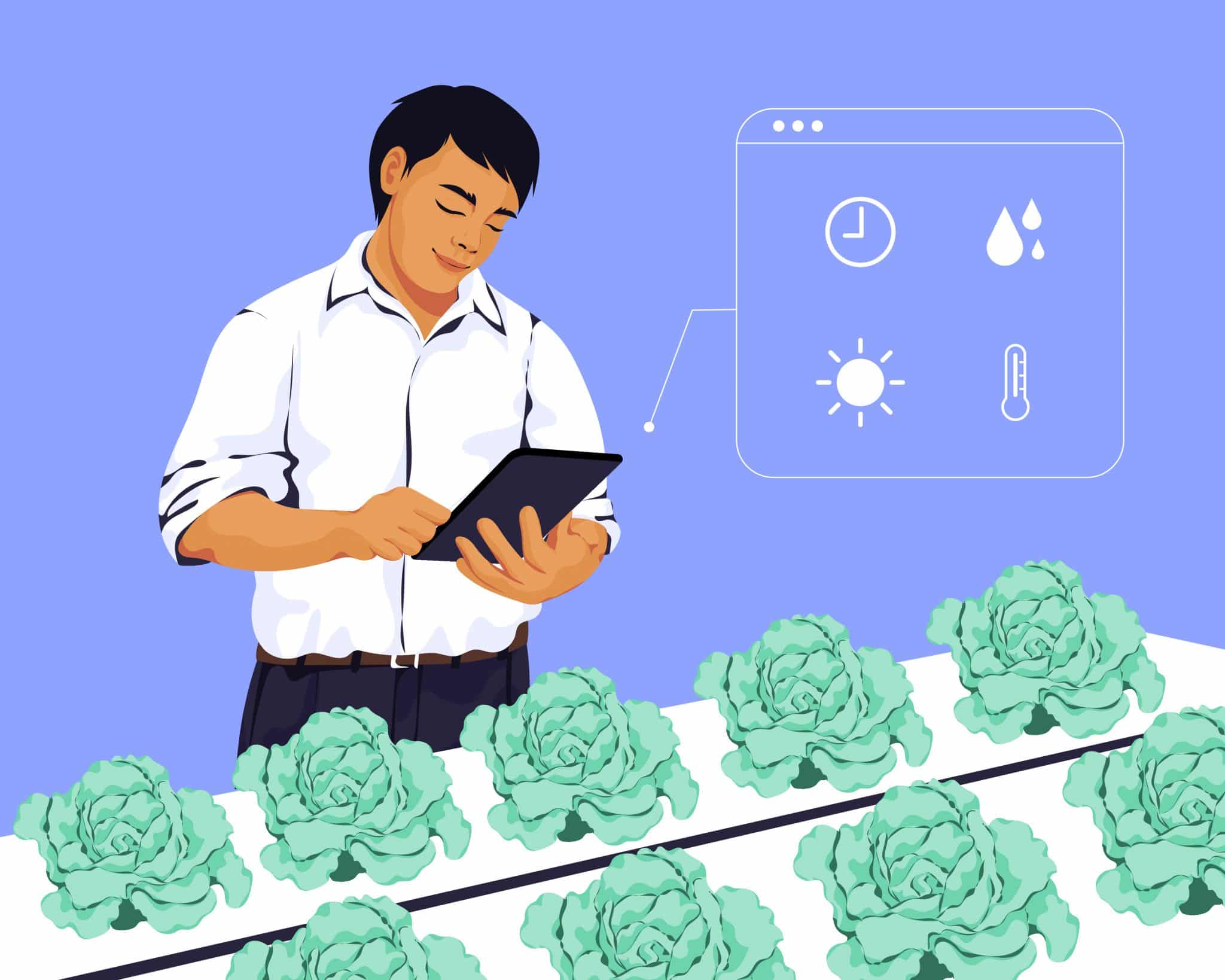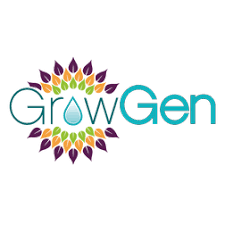Most hydroponic growers know that nutrient deficiency is harmful to plant growth — but did you know that excessive nutrients are also harmful? If you’ve been growing plants with a hydroponic system, chances are you’ve encountered nutrient burn.
If caught early enough, restoring plants affected by nutrient burn back to health is possible. Below is a guide on identifying signs of nutrient burn, common causes, and the solutions to fix it.
What is nutrient burn?
Nutrient burn, also known as fertilizer burn, is a common issue for hydroponic gardeners. It occurs when plant roots are exposed to excessively high levels of essential macro and micro-nutrients in their nutrient solution. This can cause visible damage, such as yellowing leaves or stunted growth. In extreme cases, excess nutrients limit plant absorption, leading to imbalanced nutrition and death.
Leaves act like small solar panels that create energy the entire plant uses. When leaves are damaged or begin to fall off, plants don’t have the energy for maximum growth. If nutrient burn gets out of control, it can cause a severe loss of leaf mass, which could significantly impact yields.
What causes nutrient burn in hydroponic plants?
While attempting to care for their plants properly, beginner hydroponic gardeners may discover signs of nutrient burn. Below is a breakdown of the three significant factors contributing to nutrient burn.
Using Plant Nutrient Solutions Improperly
A common cause of nutrient burn is incorrectly following the directions on the nutrient bottle. This is typically caused by mixing solutions that are too heavily concentrated. Hydroponic growers must understand that nutrient bottle labels assume you’re only using that single solution. If mixing multiple solutions, growers should use a hydroponic nutrient feed chart to schedule feedings and adjust plant pH effectively.
Understanding your plant’s specific growing requirements is critical before mixing nutrient solutions that can be too strong for them.
Misusing Bloom Boosters
Bloom boosters are a type of nutrient additive to accelerate plant growth. It’s used to enhance plant health quality and increase yields. However, misusing the amount of bloom boosters can cause nutrient burn in plants.
If you’re using bloom boosters, be mindful of the following to prevent nutrient burn:
- Slowly incorporate them with dosers for accurate measurements
- Do not over-apply or misuse highly-potent additives or excessive amounts of B6, B3, or B2
Considering these factors, you can avoid common hydroponic gardening mistakes leading to nutrient burn. Next is understanding the signs of nutrient burn to look for in hydroponic plants.
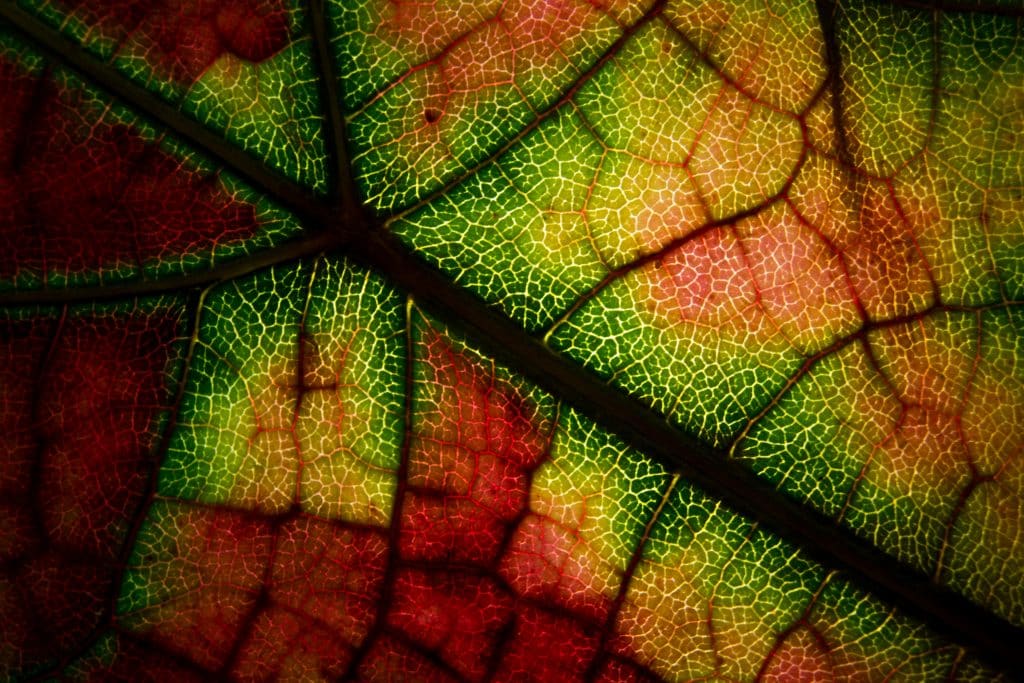
How to Recognize Nutrient Burn in Plants
Signs of nutrient burn can vary depending on which nutrients are being oversupplied. Regardless, nutrient burn always affects leaves first — so growers should closely monitor them when inspecting their hydroponic garden.
Leaf Tip Burn
As mentioned, nutrient burn always negatively impacts the plant leaves first. This effect can cause the leaf tips to darken, which is one of the first identifiers of nutrient burn.
Some signs of leaf tip burn include:
- Yellow or brown leaf tips — also known as “burnt tip” or “tip burn”
- Curled-up leaves with brown spots throughout
- Crispy leaves with the above symptoms
- Copper spots
- Dark green/blue leaves
Now that you know the signs of nutrient burn, it’s time to differentiate other factors that mimic similar nutrient burn conditions.
Nutrient Deficiency vs. Nutrient Burn
Growers must know that other plant conditions can mimic nutrient burn, such as nutrient deficiency. Nutrient deficiency is when plants don’t receive enough nutrients — in contrast to nutrient burn, when plants receive too many nutrients.
Below is a guide on common nutrient deficiency signs similar to nutrient burn:
- Potassium deficiency- discolors leaves
- Calcium deficiency– creates brown leaf edges
- Nitrogen toxicity– causes leaves to curl downward
- Excessive potassium– causes brown spots at the leaf edges
Now that you know the differences between nutrient deficiency vs. nutrient burn, understanding other factors that contribute to plant nutrient burn too is also crucial.
Type of Hydroponic System & Equipment Used
The type of hydroponic system and equipment used can also contribute to nutrient burn in plants. Some grow lights and the lack of pH adjusters can negatively impact plants similarly.
Here’s how hydroponic system equipment can cause nutrient burn:
- Grow lights radiate heat — causes plants heat stress and turn leaf tips yellow
- pH fluctuations — often discolors plant leaves
Now that you understand other causes of nutrient burn, here’s how to prevent it.
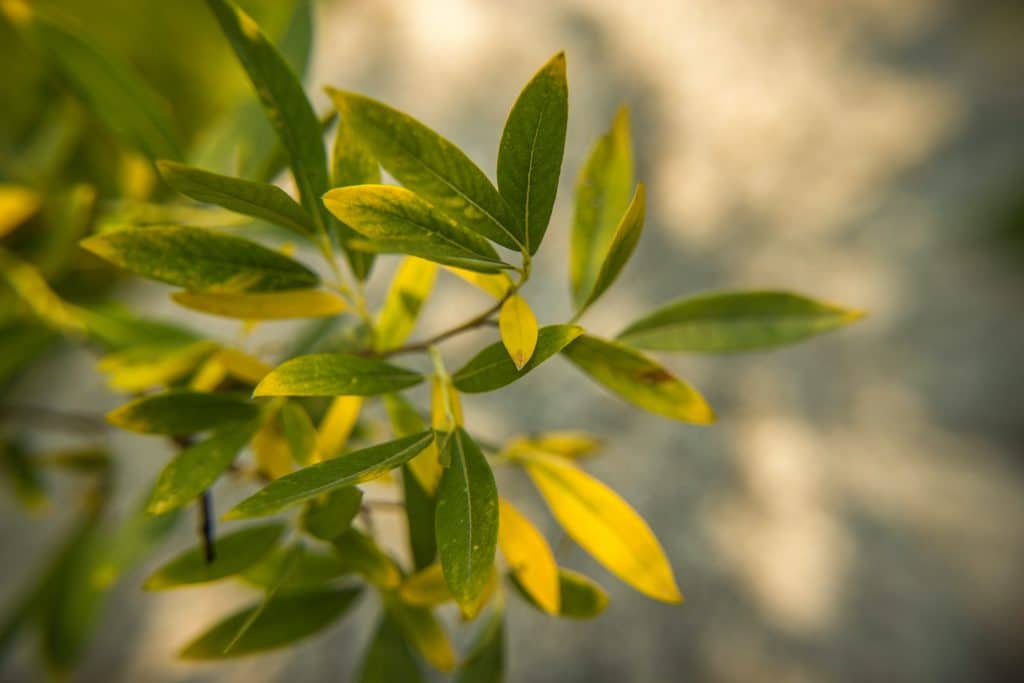
How to Prevent Nutrient Burn in Plants
It’s critical for hydroponic beginners to apply plant foods and liquid fertilizers slowly. This step makes it easier to recognize early signs of nutrient burn.
Growers should own a TDS (Total Dissolved Solids) meter to measure the number of TDS in their nutrient solutions. It makes it simple to measure nutrient concentration level changes before and after altering solutions. However, if your plants are already suffering from nutrient burn, you’ll need to resolve it.
Steps to Fix Nutrient Burn
Hydroponic growers must act at the first sign of nutrient burn to prevent leaf loss and keep plants healthy.
Here are the steps to fix nutrient burn:
- Reduce nutrient levels in the water reservoir by diluting the water
- Mix a new batch of nutrients using lower levels of each element
- Replace the original water
Once the nutrient levels are lowered, plant leaves should stop turning brown or yellow without affecting new areas. Although damaged leaves cannot be restored, the rest of the plant will stay healthy.
The process can be tricky, however. One plant may thrive with the number of nutrients that cause nutrient burn in another. That’s why it’s crucial to measure exact nutrient levels based on each crop’s needs. As a rule of thumb, feeding hydroponic plants half of their previous nutrients is recommended after changing water due to nutrient burn.
Plant Flushing
Flushing ensures the purest possible crop. As plants grow, minerals build up in their tissues. If excess minerals are not flushed, they can lead to bad smells, disagreeable flavor, or plant damage.
Here are the steps on properly flushing plants to prevent nutrient burn:
- Flush the pots with clean pure water until the runoff water is within proper nutrient levels
- If using a circulation system, add fresh, pH-balanced water without nutrients until the desired EC/PPM is reached in the reservoir
The simplest plant flushing method is providing filtered water days before harvest.
Growing Medium Flushing
Flushing growing media is a simple process for hydroponic growers. All that’s required is to dispose of the current solution in the reservoir and replace it with a solution containing less salt.
If growers use a growing medium like coco coir or rockwool, they should pour the new solution through to clear minerals. Understanding the type of growing media you’re using is key to flushing them correctly and preventing nutrient burn.
Pre-Harvest Flushing
Pre-harvest flushing is another essential technique to lower nutrient levels. It’s a form of plant detox done before crops are harvested. It’s necessary to flush before harvest because any minerals plants use will remain in the solution.
Hydroponic growers can flush nutrients as late as a few days before harvest. The process usually involves flushing the medium, then the plants. Flushing allows plants to use up the last remaining nutrients, which improves the taste of consumable products.
Alleviate Your Plant’s Nutrient Burn Today
Nutrient burn is a common problem for hydroponic growers, and GrowGeneration has you covered to alleviate it. As the leading supplier of hydroponic supplies for home and commercial growers, our GrowPros are committed to helping cultivators every step of the way.
Shop hydroponic nutrients, supplements, and additives, or talk to a GrowPro for questions on growing healthy plants today!
